***This story was written for the May 2018 issue of Animation Magazine No. 280***
Inspirations for animated projects can arrive from the unlikeliest of sources. Just ask writer, director and producer Richard Lanni, whose new feature Sgt. Stubby: An American Hero opens in theaters this Friday, April 13. Lanni was working on a documentary series about American G.I.s when he came across the true story of a heroic Boston Terrier mix who became the official mascot of the 102nd Infantry Regiment and saved them from a surprise mustard gas attack in France.
“I was captivated by the story,” recalls Lanni. “Stubby was this wonderful stray dog whose life was almost the American dream in canine form. From his time as a stowaway on a ship to France to him performing these heroic acts, and then leading the homecoming parade at the end of the war.”
Lanni knew that he wanted to use animation to tell Stubby’s life story. “The war is a backdrop, and I wanted to focus on the relationship between the man and a homeless dog,” he explains. “Of course, at the time, I had no idea what was involved in producing a CG-animated movie. I wanted this to be a family movie, and we wanted to deal with the subject matter sensitively. We knew we had more control to tell the story right in animation.”
Along with a good friend of his Mike Stokey (Band of Brothers), a former marine, Lanni came up with the screenplay about four years ago. “The script went through many incarnations,” he said, “but there was lots of good will right from the start. People wanted to get involved with it because they really liked the story.”
Things really clicked into place when Mikros Image in Montreal (a division of Technicolor) was tapped to produce the animation, with head of story Bibo Bergeron (Shark Tale, A Monster in Paris), production designer Céline Desrumaux (The Little Prince) and animation directors Marc-André Baron (9, The Little Prince) and Philippe Zerounian (Mune, The Little Prince, Captain Underpants) all on board.
The Stubby Fan Club
Before long, the project attracted the voice talent of Logan Lerman as Robert Conroy (the soldier who adopts Stubby), Helena Bonham Carter as Logan’s sister, who narrates the story, and Gerard Depardieu as Gaston Baptiste, a French infantryman who befriends Logan and Stubby. Oscar-nominated composer Patrick Doyle (Henry V, Cinderella) also signed on to do the film’s music.
“Having Patrick compose the film’s music was such an inspiration,” notes Lanni. “He worked with us through the storyboards, and often helped us capture the film’s drama. His music was such a driving force and truly captures the emotions we were aiming for.”
The highly skilled team at Mikros Image used Autodesk Maya to produce the film’s fluid animation. “We had about 225 people working on the animation at the peak,” says Lanni. “We got a late start in animation in April of 2017, but what blew me away was how everyone just loved what they were doing. They didn’t complain about working 16-hour days, and it was a real race to the finish.”
“I love the fact that it is a movie based on real events,” says Baron. “It is amazing that normal American citizens (in this case, human and canine) were able to adapt to the difficulties of war and be transformed into heroes. I am amazed by the courage of Stubby and how strong the bond was between Conroy and his heroic dog.”
Animation co-director Zerounian adds, “In terms of animation style, we were inspired by movies like Iron Giant and 101 Dalmatians because of their clear aesthetics of storytelling pose the characters had. We also wanted to get appealing poses and not be afraid to hold those poses. Also, the amount of organic style and feel in the faces was interesting to us. We wanted to keep the animation based on a real-world setting but add a little bit of a cartoony feel in the facial expressions to make the characters feel alive and organic.”
Real Pooches Lend a Paw
To help acquire the live-action reference for Stubby’s expressions and movements, the studio hired a professional dog trainer. “We found this to be extremely useful during production as this helped the animators have a clear idea of the mechanics of a quadruped,” explains Zerounian.
He adds, “The reason this project was better suited for animation than live action is because in animation, we have the liberty to do what we want, when we want. While filming the reference, we found how rewarding it was to be there with the dog and just observe. We discovered that we’d have to stop and start depending on how the dog actors were behaving that day or if we weren’t getting exactly what we needed for a shot. This would have been unmanageable for a whole production, but the amount of knowledge we got from these sessions and was very rewarding and helped us a lot.”
The animation directors both point out that one of the most difficult aspects of the production was its tight timeline. “The schedule was the most challenging as it was done in such a short period of time to coincide with the 100th anniversary of WWI,” recalls Baron. ”However, we had a stellar production team that kept the project on track, an amazing director, and a strong, passionate team spirit. Our collective effort brought it all together, and we are incredibly proud of the movie.”
Zerounian adds, “Getting about 90 percent of the dog reference done in pre-production was a huge help. The other method was having the animators video reference their shots and the sequences they were working on. This allowed us to quickly present an idea to the director to make sure we were in line with the emotional beats he was looking for in each sequence. We also encouraged the animation team to work closely together to help each other find the most efficient and creative way to deliver their shots on time and to a level of detail we were all happy with.”
For Lanni, the biggest challenge was getting adjusted to the demands of the new medium. He admits, “It was trial by fire. Of course, we don’t have any rushes like you do in live-action, so we had to be economical with what we had. You have to make the best of what you have. We ran a very tight ship and were able to make the movie for about $25 million.”
The director says he’s quite pleased with the sequence in which the American soldiers first arrive in France. “I call it my Stanley Kubrick Paths of Glory shot, where we track the camera and the soldiers look at a sea of French faces,” he notes. “The delicate balance we had to keep was that we had to be conscious that we’re in a war, but we don’t want to show the horrors of the battlefield. You have to add some light to brighten the mood. We show Stubby chasing a rat to brighten the mood!”
Lanni hopes to continue to to tell animated stories that appeal to a wide audience, ones that grandparents enjoy together with their grandkids. “Our film is an emotional rollercoaster ride, and it has a tremendous amount of heart,” he says. “I hope that audiences will be moved by this story. Maybe we can do more Stubby movies down the line. When he came back home, he became a real celebrity, participated in many parades and met three presidents. He got an eight-column obituary on the front page of The New York Times when he died in his sleep years later.”
Zerounian says he also hopes that audience will be entertained by the movie as well as getting a better historical understanding of some of the things that happened during the war. He adds, “Hopefully, the audience walks away with the sense that it doesn’t matter where you come from, who you are and what your past is. Like Stubby, you are capable of achieving incredible things!” As his co-director Baron chimes in, “and to the young kids out there, Stubby will teach you that you shouldn’t pick your friends based on how cool they look, but on how good they are!”
Fun Academy releases Sgt. Stubby: An American Hero in select theaters April 13. For more info, visit www.stubbymovie.com.
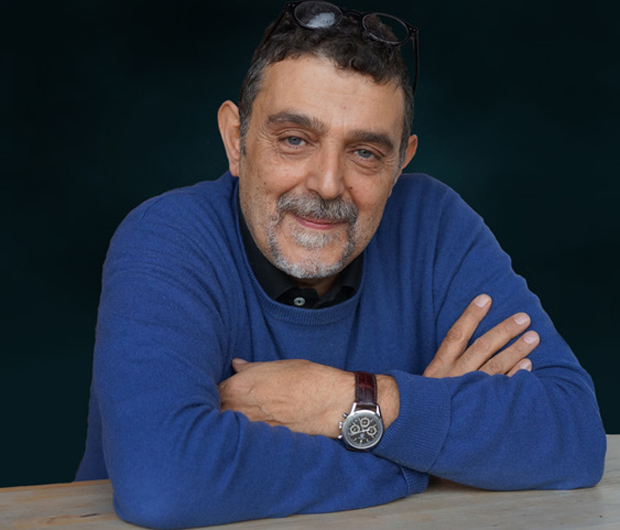
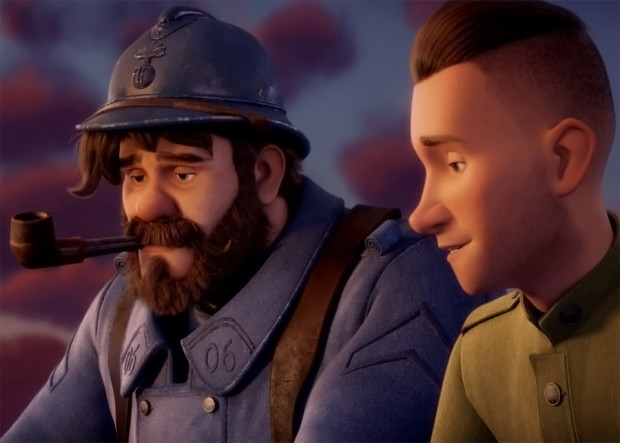
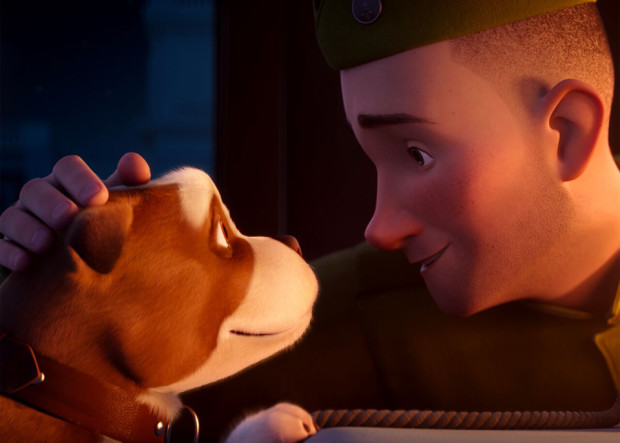
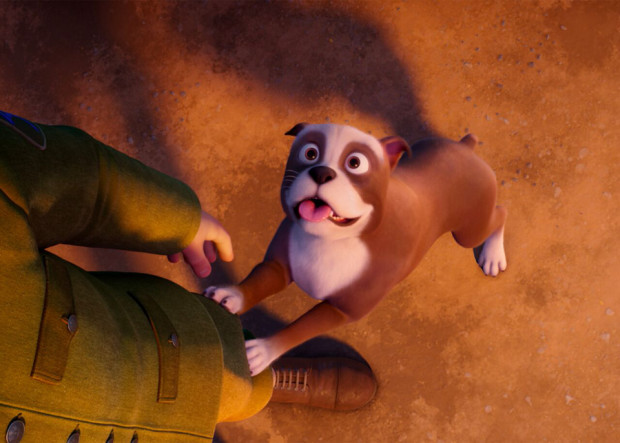
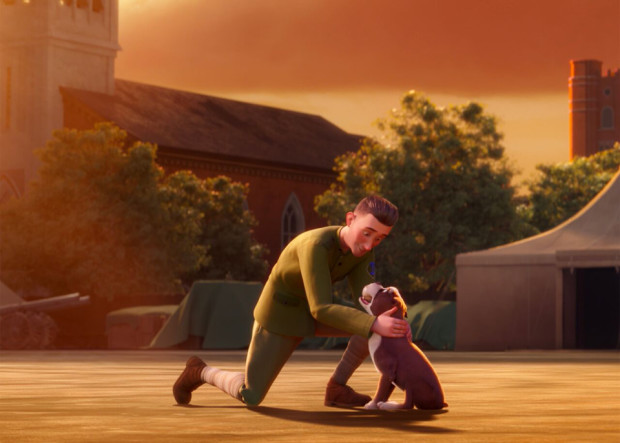
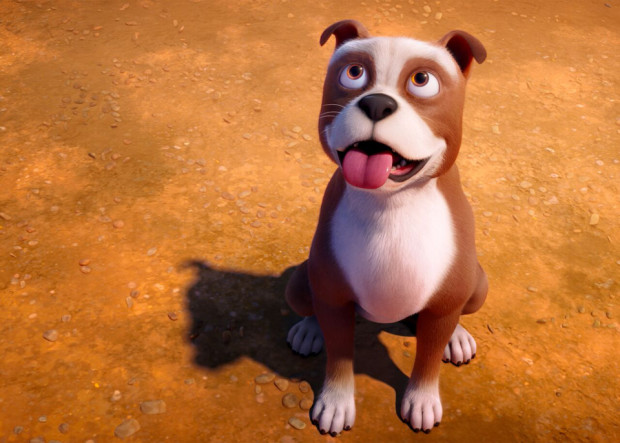
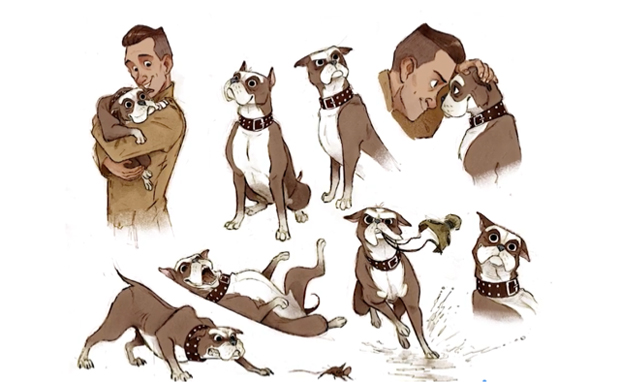
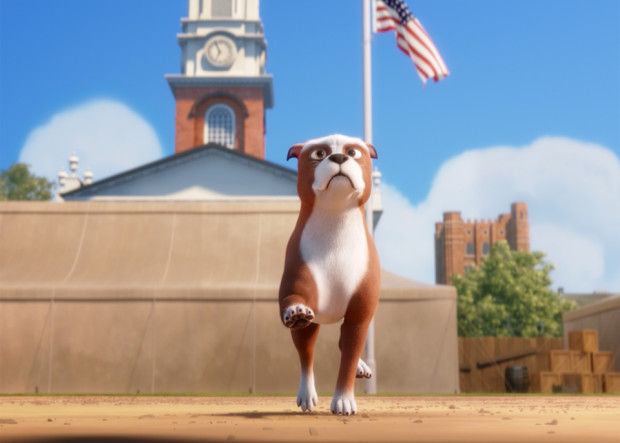
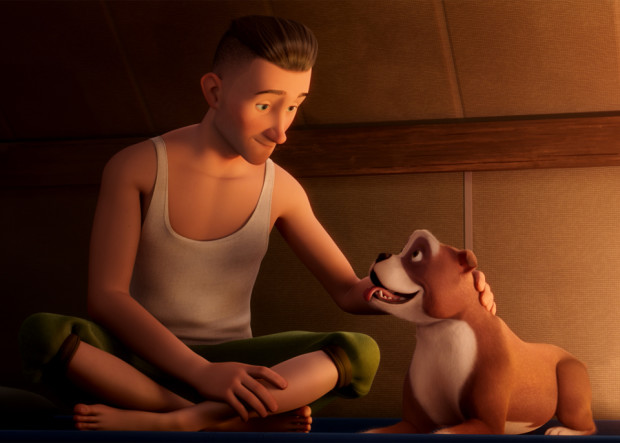
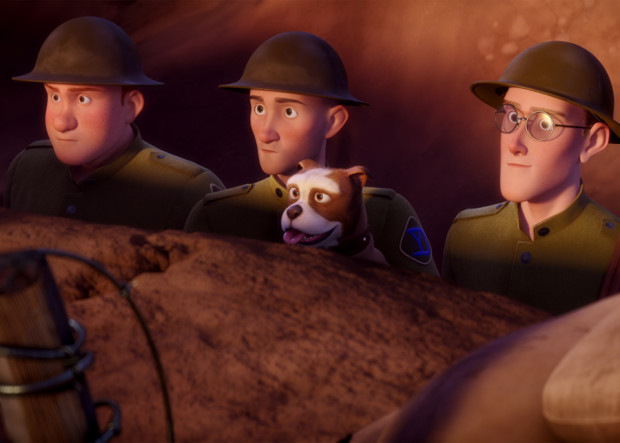
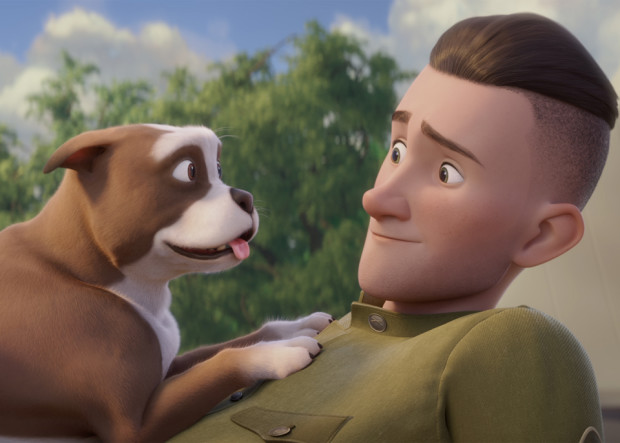









 Win a Funko X Lilo & Stitch Prize Pack!
Win a Funko X Lilo & Stitch Prize Pack! 


